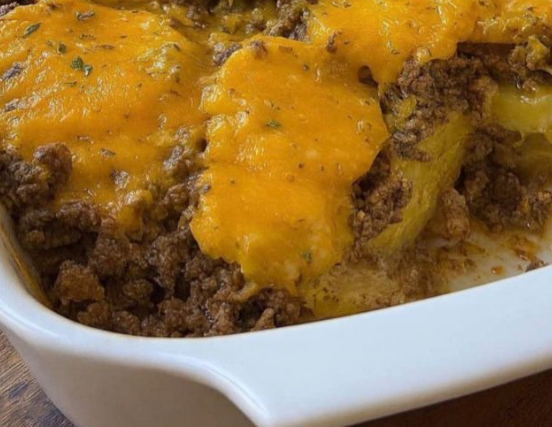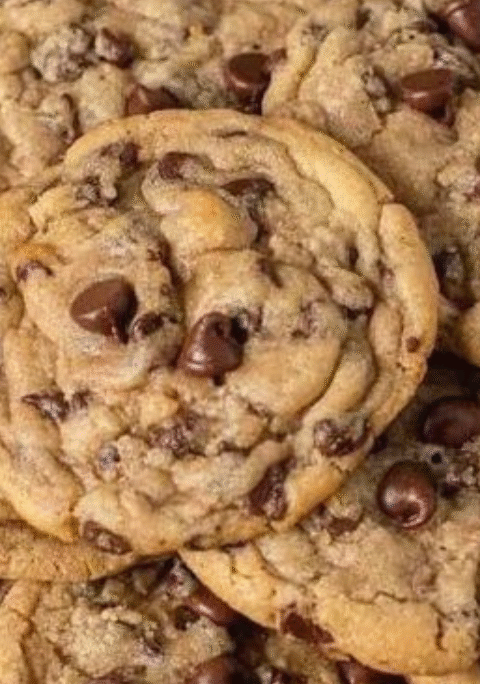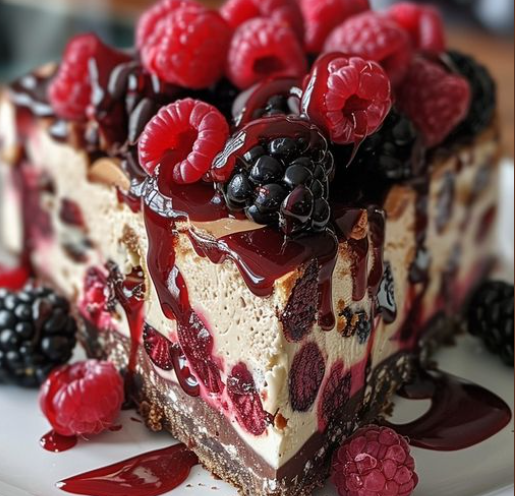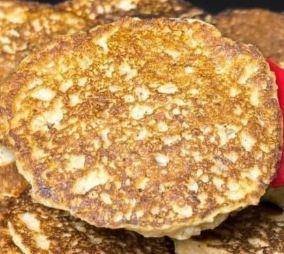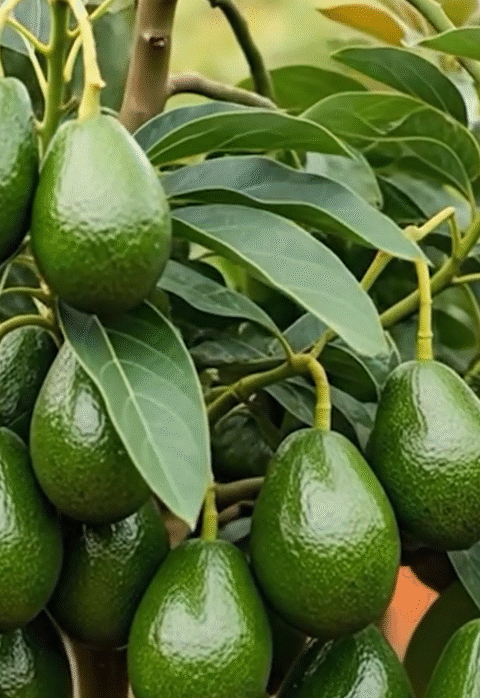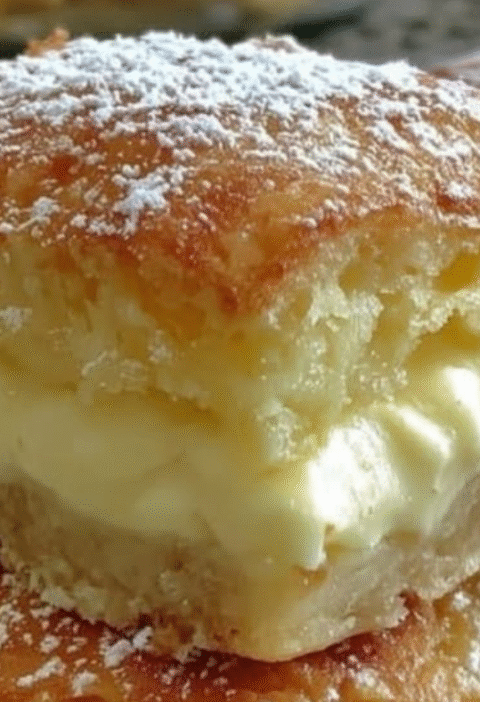Introduction: Hearty Comfort in a Bake
There’s something deeply satisfying about a one‑dish casserole that delivers layers of tender potatoes, seasoned ground beef, creamy sauce, and melted cheese. This **Ground Beef & Potato Casserole** is exactly that—warm, filling, family‑friendly, and perfect for weeknight dinners or cozy meals.
We’ll walk through every step, share chef tips, nutrition info, variations, and FAQs so your version turns out beautifully every time. Let’s get cooking!
Why This Casserole Works
This dish combines the comfort of starchy potatoes with the savory punch of beef and a silky sauce, all unified by melted cheese. It’s essentially a layered bake—potatoes give structure, beef gives depth, and sauce + cheese hold it all together.
As seen in many versions of ground beef & potato casseroles, the technique is fairly forgiving. One version describes browning beef with aromatics, adding flour to thicken, layering potatoes and meat, baking covered, then uncovering and topping with cheese to finish. :contentReference[oaicite:0]{index=0}
Another version layers thin sliced potatoes with meat + cream soup and bakes until tender, finishing with melted cheese. :contentReference[oaicite:1]{index=1} Use these as inspiration while adapting to what you have on hand.
Ingredients & Substitutions
Here’s a suggested ingredient list plus possible swaps:
- 2 pounds Yukon Gold potatoes, peeled and sliced ~⅛ inch thick (uniform slices help even cooking)
- 1½ pounds lean ground beef
- 1 medium onion, diced (optional but adds flavor)
- 2 cloves garlic, minced
- 2 tbsp flour (to help thicken sauce)
- 1–1½ cups milk or cream (for sauce; you can adjust thickness)
- 1 cup beef broth or stock (optional, for more flavor and moisture)
- Salt, pepper, and seasonings (e.g. paprika, thyme, oregano, Worcestershire sauce)
- 1½ to 2 cups shredded cheese (cheddar, mozzarella, or a blend)
- Butter or oil (for sautéing / greasing the dish)
- Fresh parsley or herbs (for garnish)
Substitution ideas & notes:
- If you don’t have Yukon Gold, any waxy or all‑purpose potato works (but starchy ones like Russet might break down more).
- Use ground turkey or chicken for a lighter version.
- You can reduce or omit the broth and use only milk, though it may be thicker.
- If you like a creamier texture, use part cream or half & half instead of all milk.
- Add vegetables (peas, carrots, corn) for extra color and nutrition.
- Use different cheeses (Monterey Jack, Colby, etc.) for variation.
- If you prefer gluten‑free, use a gluten‑free flour or cornstarch slurry instead of wheat flour.
Step‑by‑Step Instructions
1. Preheat & Prepare Pan
- Preheat your oven to ~375 °F (190–200 °C).
- Grease or butter a casserole dish (9×13 inch or similarly sized) so contents won’t stick.
2. Slice the Potatoes
- Peel and wash your potatoes.
- Slice them about ⅛ inch thick (a mandoline can help for even slices).
- Optional: soak the slices briefly in cold water to reduce extra starch, then pat dry. This can help prevent the dish from getting too gluey.
3. Cook the Beef Base
- In a skillet over medium heat, melt a little butter or oil. Sauté onion and garlic until softened and fragrant.
- Add the ground beef, breaking it apart, and cook until browned and no longer pink.
- Season the beef with salt, pepper, and any additional seasonings (paprika, thyme, oregano, Worcestershire sauce etc.).
- Drain excess grease if needed.
- Sprinkle the flour over the beef mixture, stir well, and cook ~1 minute to “toast” the flour and reduce raw flavor.
4. Make the Sauce
- Slowly stir in milk (or milk + broth) into the beef + flour mixture. Whisk or stir continuously to avoid lumps.
- Simmer gently until it thickens slightly into a sauce (it doesn’t have to be super thick, as it will further cook in the oven).
5. Layer & Bake
- Layer half of the potato slices in the bottom of your greased casserole dish.
- Pour or spread half of the beef + sauce mixture over the potatoes, smoothing it out.
- Repeat with the remaining potatoes and remaining beef + sauce mixture.
- Cover the dish with aluminum foil and bake ~35–45 minutes (depending on depth and oven) until potatoes are nearly tender when pierced with a fork.
- Remove foil, sprinkle the cheese over the top, and bake another 10–15 minutes uncovered until cheese melts and becomes bubbly & lightly golden.
- Once baked, allow the casserole to rest 10–15 minutes before serving so the sauce thickens and the layers set.
Tip: if you want a crispier top, you can broil for 1–2 minutes at the end (watch carefully so it doesn’t burn).
Chef Tips & Food Safety Notes
Professional Tips for Better Results
- Try to keep potato slices uniform in thickness so they cook evenly.
- Don’t overmix the layers; you want defined strata.
- If your sauce seems too thin, reduce it a bit on the stovetop before layering.
- Let the dish rest before cutting—this helps with cleaner slices.
- Use freshly grated cheese rather than pre-shredded for better melt and texture.
Food Safety & Storage Advice
- Use clean utensils and surfaces—meat and dairy are vulnerable to contamination.
- Refrigerate leftovers within 2 hours of cooking.
- Store in a sealed container. Eat within 3–4 days.
- Reheat gently in oven or microwave, adding a splash of milk if needed to loosen the sauce.
- You can freeze the casserole (without topping cheese) for 1–2 months. Thaw overnight in the fridge, then bake until heated through and cheese top is fresh.
Nutrition & Health Benefits Table
| Nutrient / Metric | Approx. per Serving* | Health Note / Source |
|---|---|---|
| Calories | ~ 350 calories (for a moderate portion) :contentReference[oaicite:2]{index=2} | Comfort dish, best in moderate portions |
| Protein | ~ 22 g :contentReference[oaicite:3]{index=3} | From the beef and dairy |
| Total Fat | ~ 18 g :contentReference[oaicite:4]{index=4} | Choose lean beef to reduce saturated fat |
| Carbohydrates | ~ 24 g :contentReference[oaicite:5]{index=5} | From the potatoes + any added milk / sauce carbs |
| Sodium | ~ 643 mg :contentReference[oaicite:6]{index=6} | Be careful with added salt and broths |
| Fiber | ~ 2–3 g | From potatoes & any added veggies |
| Potassium / Micronutrients | Good amount (potatoes are a good potassium source) | Plus some B vitamins and iron from beef |
*These are approximate and will vary depending on exact ingredients, amounts, and portion size.
Variations & Serving Ideas
Add Veggies
Fold in vegetables like peas, corn, bell pepper, mushrooms, or spinach to boost nutrition and color.
Creamier Version
Add sour cream, cream cheese, or a dollop of heavy cream to the sauce for extra richness.
Spicy Kick
Add chopped jalapeños, chili flakes, or hot sauce to the beef mixture.
Alternate Cheeses
Use pepper jack, mozzarella, or a blend of cheeses for different melt and flavor.
Layering Changes
You could layer potatoes → beef → potatoes again → cheese on top instead of only two layers, depending on dish depth.
Skillet Version
If you prefer stovetop, you can partially cook potatoes in a covered skillet after adding beef + sauce, then top with cheese and broil to finish.
10 Frequently Asked Questions (FAQs)
- Can I use russet or other potatoes instead of Yukon Gold?
Yes — but adjust cooking time. Russets are starchier and may break down more, so monitor doneness. - Do I need to soak the potatoes?
It’s optional, but soaking briefly and patting dry helps reduce excess starch and gives a cleaner texture. - Can I assemble ahead of time?
Yes — you can layer everything, cover, and refrigerate up to a day before baking. When baking, you may need to add extra time. - My sauce is too thin. What should I do?
Simmer the sauce longer on stovetop to reduce, or add a bit more flour (make a slurry) before baking. - Can I skip the flour?
You can, but the sauce may be more loose and runny. Flour helps bind the sauce. An alternative is to use cornstarch or arrowroot in place of flour. - How do I get clean slices when serving?
Let the casserole rest ~10–15 minutes after baking so it sets. Use a sharp knife and wipe between slices. - Can I freeze leftovers?
Yes — freeze in airtight containers (without cheese topping, if possible). Thaw overnight in fridge, then bake to reheat + melt cheese again. - How many servings does this recipe yield?
Depending on portion size and size of your dish, this could serve 6–8 people comfortably. - Can I reduce sodium or make it lighter?
Use low-sodium broth, skim or low-fat milk, lean ground meat, and reduce added salt. Also add more veggies to stretch the dish.
li>What if my top browns too fast?
Cover loosely with foil partway through baking or move rack lower in oven.
SEO & Internal Linking Strategy
To help your post perform well online and keep readers engaged, you can link to related content on your site. For instance:
Also integrate relevant keywords naturally: “ground beef potato casserole,” “easy beef and potato bake,” “cheesy meat & potato casserole,” etc., in headings and meta text (if your platform allows editing that).
Conclusion: A Casserole Worth Coming Back To
Your **Ground Beef & Potato Casserole** is classic comfort fare—versatile, satisfying, and modifiable to what you have on hand. With just a few layers, a creamy sauce, and melted cheese, it’s a meal that brings people together.
Serve it with a light salad or steamed greens to balance the richness. Let it rest before slicing for clean servings, and enjoy every savory, cheesy bite. 🥔🧀
Let me know if you want a shorter, printable recipe card, a social media teaser, or a beautifully styled image to go with this post!
